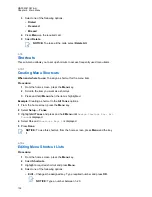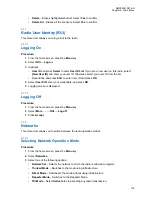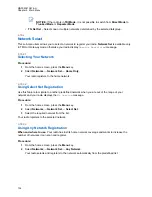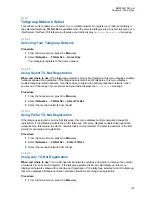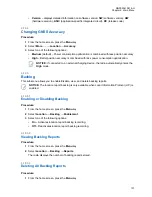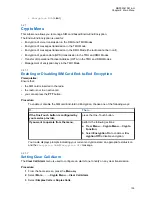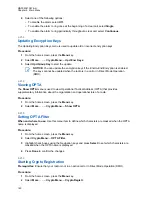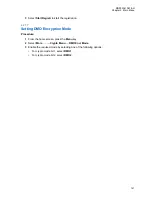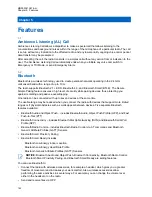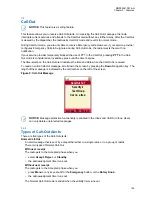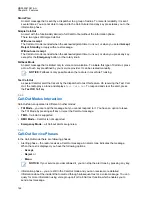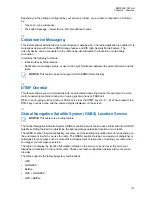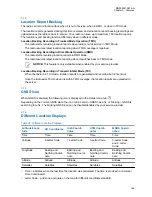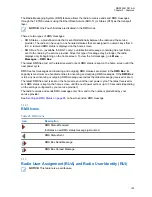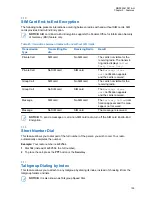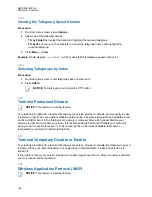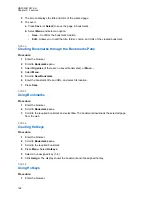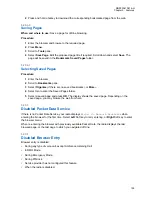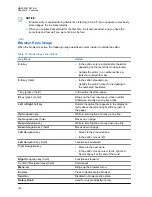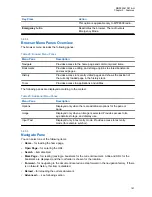
Storm Plan
An alert message that is sent by a dispatcher to a group of radios. To raise its reliability, it is sent
several times. You are not able to respond to the Call-Out alert and any key press takes you to the
information phase.
Simple Call-Out
An alert with the functionality similar to full Call-Out but without the information phase.
There two types of Simple Call-Out:
With user receipt
The Call-Out mode is ended when the acknowledgment timer runs out, or when you select
Accept
,
Reject
,
Standby
, or reply with a text message.
Without user receipt
The Call-Out mode is ended when the acknowledgment timer runs out, or when you press any key,
except for the
Emergency
button, or the rotary knob.
Fallback Mode
An alert message that is limited only to voice communication. To initiate this type of Call-Out, press
a One-Touch key predefined by your service provider. It can be cleared manually.
NOTICE:
Fallback is only possible when the radio is in Local Site Trunking.
Test Call-Out
a special Call-Out alert that is sent by the dispatcher to test this feature. On receiving the Test Call-
Out, the radio plays a tone and displays
Test Call-Out
. To respond and clear the alert, press
the
Test OK
Soft key.
5.4.2
Call-Out Modes Interaction
Call-Out feature operation is different in other modes:
•
TXI Mode
– you can read the message but you cannot respond to it. You have an option to leave
the TXI Mode by pressing soft key or reject the Call-Out message.
•
TMO
– Call-Out is supported.
•
DMO Mode
– Call-Out is not supported.
•
Emergency Mode
– all Call-out alerts are ignored.
5.4.3
Call-Out Service Phases
In the Call-Out mode there are following phases:
• Alerting phase – the radio receives a Call-Out message. An alarm tone indicates the message.
When the text is displayed, you have the following options:
-
Accept
,
-
Reject
, or
-
Menu
.
NOTICE:
If your service provider allowed it, you can stop the alert tone by pressing any key.
• Information phase – you are still in the Call-Out mode and you can receive more detailed
information about the incident that occurred through subsequent text or a voice message. You can
query for more information using voice group call or Call-Out text function which enables you to
send a text message.
MN002041A01-AH
Chapter 5: Features
146

